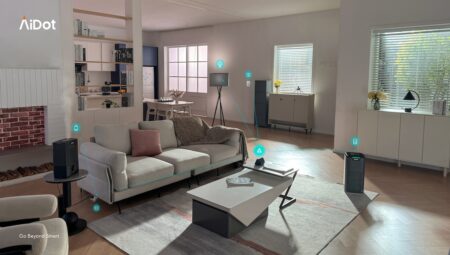Google Home, Alexa, HomeKit, SmartThings, Matter and more compared
Setting up your smart home is easier than ever, but choosing the right smart home system to unify your devices and get them talking together is a decision worthy of some serious consideration.
Before you start making purchases, you need to make the right choice about how you’re going to bring all this hardware together, and as the smart home scene has matured, you’ve got several very good options to pick from as we progress into 2024.
Google, Amazon, Apple and SmartThings are the major players in the smart home arena now, with their smart speakers, ecosystems and voice assistants not only making your connected smart home devices easier to control, but to make home automation a doddle.
And things are set to become even easier in the coming months and years, thanks to the launch of Matter; a smart initiative backed by Big Tech that should, in theory simplify things for consumers setting up and managing a smart home. More on that further down.

How to choose a smart home ecosystem
A good place to start is with your favourite digital assistant: Amazon Alexa, Google Assistant and Siri from Apple can all be used as the centre of a smart home system, so that’s one way in.
Alternatively, look at some of the smart home gadgets you’re thinking of buying, and check which platforms they work with.
These ecosystems are going to be crucial in gelling your devices together, so you need to factor in both compatibility (how many devices are supported by each program), and the range of features on offer (like automatic scheduling).
Smart home showdown: Amazon Alexa versus Google Home
Don’t panic though, because this isn’t like iOS versus Android, or PC versus Mac: a lot of smart home devices play nicely with multiple systems, so you don’t necessarily have to choose a system and stick with it for the rest of your life.
Just look out for the ‘Works With…’ sticker on the box of the smart home tech you’re considering to see if it’s going to slot into your existing setup.
Whether you’re starting from scratch, wanting to switch platforms, or building out your current system, read on for our guide to the biggest and best smart home ecosystems.
You might also want to check out our rundown of the best smart home hubs at the same time.
Top smart home ecosystems

Amazon Alexa
Amazon’s Alexa digital assistant appeared on the original Amazon Echo smart speaker in 2014, and has since spread its wings to a plethora of speakers and other devices. You’ll get the best Alexa experience if you use a native Amazon Echo speaker, but Alexa now also appears on a host of gadgets without the Amazon label as well.
On top of answering questions about the weather and your schedule, Alexa can also reach out to the various smart home devices you own, and get them talking to each other – if you need to switch all the lights off in one room at once, for example.
There are actually two types of Alexa device – smart speakers and devices with Alexa built right in, and devices that simply work with Alexa, which usually means they can be controlled using your voice from another Alexa device. It’s an important distinction, so look for products marked with the ‘Works with Amazon Alexa’ label.
Alexa’s wide reach is one good reason to go with Amazon for your smart home platform: it’s built into thermostats like the Ecobee4 and light switches like the Ecobee Switch+, and you can even get it on TVs with devices like the Fire TV Cube and Fire TV Editions.
You can easily soak your home in Alexa, giving you access to all your smart home controls via your voice.
Remember that Amazon’s assistant also uses ‘Alexa Skills‘, its term for voice-controlled apps built for the system. For example, the TuneIn skill plays your favourite radio station, the CNN skill reads out the latest headlines, and the Spotify skill lets you pick out your favourite tracks and playlists.
Amazon beats the other digital assistants in terms of the sheer number of skills it offers, and that number is growing all the time.
On the smart home side, Alexa can identify and control compatible devices on your home network. It’s a more straightforward process than it is with, say, Apple’s HomeKit: you simply tap Add Device inside the Alexa app to do just that, or ask Alexa with a voice command to scan for new gadgets. The range of compatible kit is staggering and getting bigger by the day.
You can also create groups of devices: turning off all your downstairs lights, for example, with a single spoken command to Alexa. Meanwhile, the handy Routines function acts like HomeKit’s Scenes feature, whereby you can automate actions across multiple devices at the same time (turning off lights and locking doors at the end of the day, maybe).
You’re going to need at least one device with Alexa built-in to control everything else. It’s also worth mentioning that with some Alexa speakers, such as the 4th-gen Echo or the latest Echo Show models, you’ve got a Zigbee hub, which means you don’t need hubs from the likes of Philips or others (for basic features, at least).
Many Echo speakers also act as as Matter controllers too.
Have a look at our extensive Alexa guide for a deeper dive into Amazon’s smart home system.
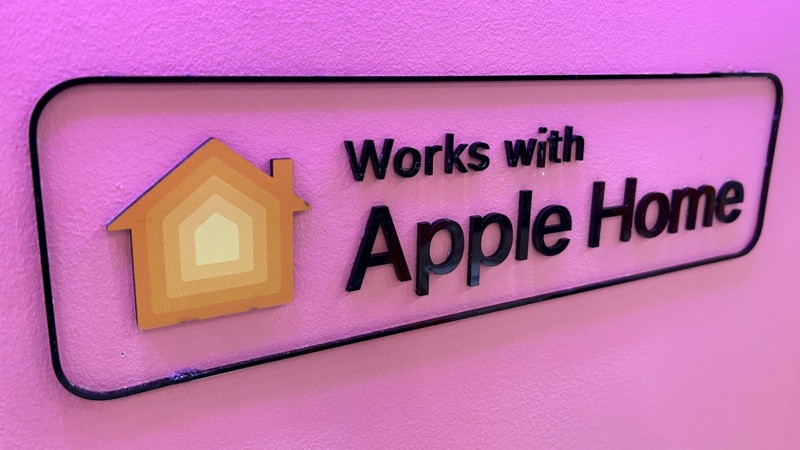
Apple HomeKit
HomeKit is a software framework baked right into Apple devices, and the idea is simple – instead of having a bunch of different smart home apps on your smartphone that don’t necessarily sync with one another, HomeKit brings them all together, offering control front and centre on your devices.
Everything is controlled via the Home app on your iOS, iPadOS or macOS device, and as you would expect, it all works with Siri too. You can either fire up the Home app to change the temperature of a smart thermostat or to turn a smart light off, or just get Siri to do it for you.
There are actually two parts to Apple HomeKit. HomeKit itself is a protocol, a background software technology that devices need to comply with to get access to the club (it’s super secure as well, with Apple taking encryption very seriously). Then there’s the element of HomeKit that you’ll see on your iPhone, iPad or Mac, the Home app.
For something to work with Siri, the Home app, and Homekit, it needs to have a ‘Works with HomeKit’ badge on the packaging (or on the online listing). With Siri built into the iPhone, Mac, Apple Watch, Apple TV and the HomePod, a Siri device is never far away.
The caveat is that you do need at least one iOS, iPadOS, tvOS or macOS device to make this work properly. And to get the very best from HomeKit, you really need either a HomePod speaker, an iPad or an Apple TV set up at home as well, so you can control your smart home network while you’re away from home – if that’s the case, then Apple’s platform starts to become a serious contender for setups based on Google and Amazon’s voice-based assistants.
Read this: How to set up an Apple HomeKit hub
If you use one the newer smart speaker from Cupertino – the HomePod Mini or the HomePod 2 – you can use that as a HomeKit Hub and it also packs in a Thread radio.
Explained: What is Thread and why it matters for your smart home
The Home app has three sections to it: Home lists all your smart home devices, with your selected favourites up top; Rooms groups devices in locations around your house; and Automation allows you to automate smart home behaviours. For example, you can have the lights turned off, the alarm set and the heating turned down when you leave home.
These automations can be grouped together into ‘Scenes’. The scenario mentioned above could be called ‘Away’, for example, or you could use a ‘Game Time’ scene to turn off the main lights, switch the mood lighting on, and fire up your Xbox (via a smart plug). These scenes can be activated from your iPhone or iPad’s Control Centre, or by using Siri.
Pairing compatible devices to Apple’s smart home platform hasn’t always been the easiest process in the world – there’s some faffing to be done with scanning codes using a mobile device – but as time has gone on, HomeKit has definitely improved, and the Home app has gradually got more intuitive to use.
Thanks to recent improvements in iOS, you now have multiple ways to pair devices – via QR codes on the device, or by NFC if the device manufacturer supports it. HomeKit has also been updated to offer more complicated setups with Shortcuts, which are a way to combine multiple actions together that run with one tap on your phone or one Siri command.
The selection of devices that works with HomeKit isn’t as comprehensive as the others in this feature (a previously-required hardware encryption requirement is one reason it’s been slow to grow), but quality kit is being added to the list all the time – and initiatives such as HomeKit Secure Video are making Apple’s ecosystem a pretty good bet for long term success.
Apple has now partnered with Samsung, LG, Sony and Vizio to bring HomeKit support to their TVs, for example, while the AirPlay streaming standard now supports more non-Apple devices.
Check out our comprehensive Apple HomeKit guide for more info.
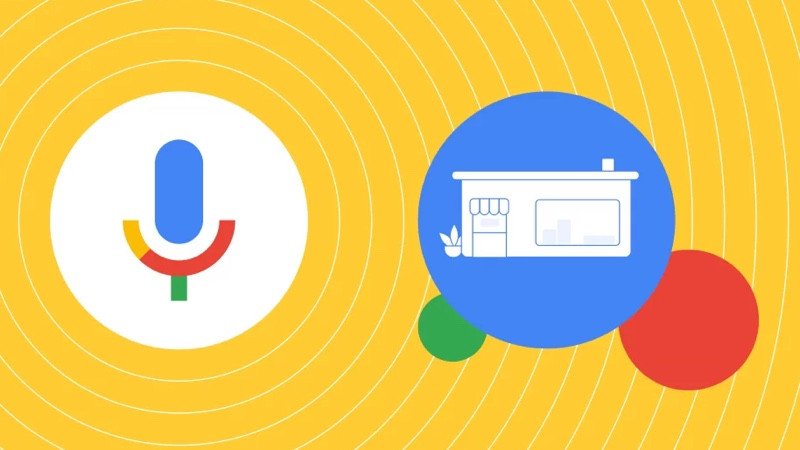
Google Assistant (Google Home)
Google’s answer to Alexa landed with the Google Home speakers in 2017 and, like Amazon’s market leader, is now expanding beyond devices built in-house.
There are a plethora of Google-made speakers powered by Assistant on sale now: the classic Google Home, the Nest Mini (previously the Home Mini), the Google Home Max (which was officially discontinued in late 2020), the Google Nest Hub (with a 7-inch display), the Google Nest Hub Max and the Nest Audio.
We’ve also seen Assistant support arrive in speakers and displays from third party manufacturers including JBL, LG, Sony, Lenovo, Panasonic and Sonos.
As with Alexa, there are two types of Google Assistant devices: those with the Assistant built right in that you can talk to (a list which includes smartphones and Chromebooks), and those that can be commanded by it.
It’s the same Google Assistant across all devices – your Android smartphone or your Wear OS smartwatch, for example. The app can control your music, bring up news and weather reports, control other smart home gadgets and appliances, set timers and reminders, and even make and take calls.
Google Nest speakers can be linked for multi-room audio, and you can have as many as six different users on one network, for personalised calendars and music playlists.
This ubiquity gives Google Assistant an advantage over Alexa: if you’re got an Android phone you’re probably already familiar with the app. It can be with you throughout your day, from asking for the weather forecast in the morning, through your commute and office time, to when you return home.
It is possible to do this with Alexa (setting it as your default assistant on Android and using it from within the Alexa iOS app), but Google Assistant is the default and may be easier for most people.
As with Alexa, you’ve got a bunch of smart commands to take advantage of besides the smart home controls. Google Assistant can answer all sorts of questions and complete all kinds of tasks for you.
It’s also possible to set up a ‘My Day’ program of news, weather, traffic and calendar updates that the Assistant reads out when you ask, for instance, “Hey Google, what’s my schedule looking like?”. From sports scores to commute times, Google Assistant can do a lot.
When it comes to smart home control, the Google Assistant works in tandem with the Google Home app on your Android or iOS device. Adding new devices is as simple as tapping a button and scanning your network. Depending on the gadget, you can do things like turn devices on and off, change settings and (as with Alexa) set up Routines that combine multiple actions.
The Google Assistant-powered smart displays also give you Home View, which is a top-down look at your entire smart home – giving you great touch controls. At the moment, Google seems to have figured out visual smart speakers better than Amazon.
We like devices such as the Echo Show, but thanks to features like built-in YouTube and Chromecast capabilities, Google Assistant has the edge.
One of the more recent features to show off the power of Google Assistant is translation on the Nest Hub devices. It means two people who speak two different languages can have a conversation, with the smart display acting as a translator for both parties – it’s another good indicator of how Google Assistant beats Alexa for the wealth of data it can tap into.
Google Home Actions are the equivalent of Skills on Alexa. There aren’t quite as many of them, but definitely more than enough to get by – they can make the Google Assistant much more useful when it comes to reference, productivity and just getting things done with the power of your voice.
You can see a selection of Google Home/Google Nest compatible devices here, including top smart thermostats, home security systems, lights, plugs, locks and more. Some have Assistant controls built-in, while others can be controlled by Google Assistant on your phone or through something like a Google Nest Mini.

What’s the Matter?
Going forward, you’ll be hearing a lot more about Matter.
The smart home standard started life a coupe of years ago as Project CHIP (Connected Home over IP), it was a collaboration between some of the biggest names in tech such as Apple, Amazon, Google and Samsung.
The objective was to create a unified smart home standard, with the Zigbee Alliance steering the ship.
The idea was that this would make it easier for manufacturers to develop products that work both with all of the major voice assistants and also each other and consumers would be able to pick up two smart home devices from two different brands and, as long as they both had the relevant logo on the box, the buyer would know they were compatible.
Matter uses existing standards: Ethernet, Wi-Fi, Bluetooth Low Energy for initial pairing, and Thread – a relatively recent networking protocol that connects products from different brands without the need for a hub.
Like Zigbee and Z-Wave, Thread can connect all your devices together in a giant mesh. Unlike Zigbee and Z-Wave, Thread doesn’t require a smart home hub to connect them.
The list of devices that Matter covers is pretty exhaustive – lighting and electrics, heating and cooling, locks and security devices, windows and blinds, and TVs are all included – and the line-up of alliance members and participants reads like a who’s who of the tech world: Huawei, Oppo, Logitech, Xiaomi, iRobot and Panasonic are just some of the names on the ever growing list.
In short, it should have your whole smart home covered when it finally ramps up.
It’s officially live now and, while there has been some teething issues, we should start to see the real fruits of the Matter smart home revolution in the next couple of years.

Samsung SmartThings
Samsung’s SmartThings is an intriguing platform. Now focused on the software side rather than the hardware – although all existing SmartThings devices work, they just won’t be made any longer – SmartThings is an open ecosystem, meaning the technology is compatible with a wide range of connected devices
The SmartThings Hub, including the new one that is made by Aeotec, has radios for both the Zigbee and Z-Wave standards, which means support for a lot of kit without the SmartThings branding too. Add in all the other gear that Samsung makes – from TVs to smartphones – and you’ve got a lot of choice and flexibility.
The SmartThings app for your phone uses a clean interface and layout that makes it easy to control individual devices as well as group them together in rooms.
SmartThings is not just one central place to control all your gadgets, it also knows how to talk to all those gadgets and how to get them to work together.
So, if you have a door lock from Yale and a smart bulb from Philips Hue you can pair them both to SmartThings and have your light turn on when you come home.
It’s not the most intuitive system out there, but it is one of the most stable and if you’re willing to put a bit of time and effort in to get things set up, you’ll be well-rewarded with a proper smart home.
SmartThings is also a big player in the Matter smart home.
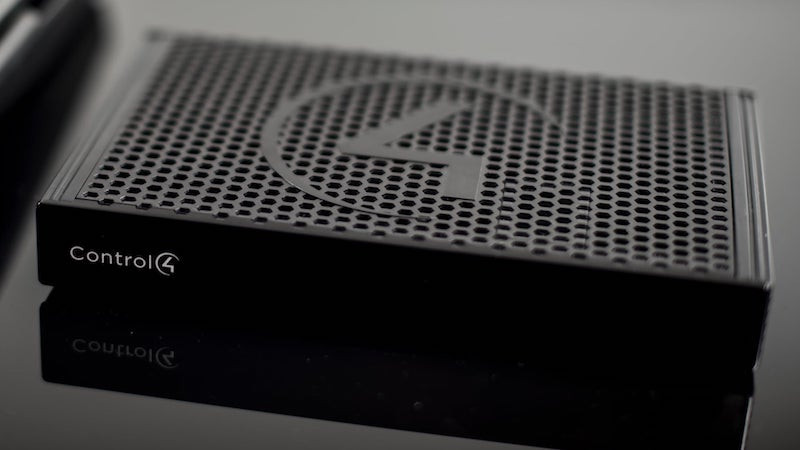
Control4
Control4 systems don’t have the same high profile as kit from the likes of Amazon or Google – it’s more of a bespoke, tailored solution that can incorporate lighting, smart locks, home security systems, garage doors, wireless audio and more. It supports smart home standards like Zigbee, Z-Wave, Wi-Fi, and Bluetooth, and works with more than 35,000 devices in total – though you do need to get a professional to install it.
It’s the audio and video capabilities that really stand out – there are numerous speaker options, thanks to Control4’s purchase of Triad in 2017 – and this is definitely worth considering if you want to pipe movies and music around the home, and add in a few smart home extras at the same time.
There’s even a universal remote for controlling everything, and the option of a 7-inch or 10-inch touchscreen that lets you manage all your devices from one central console. Some smart home operations are possible via the accompanying iOS and Android apps, but it’s a long way from the plug-and-play, instant setup and operation that you get with the smart home platforms from Apple, Amazon and Google.
Control4 can do just about anything and everything you need from a smart home platform, and it’ll plug right into everything you already own – from Philips Hue lights to Sky Q boxes. On the downside, it needs professional installation and updates, and it costs a lot, lot more than off-the-shelf kit. An option for those who want to define everything about their smart home system and have deep pockets.
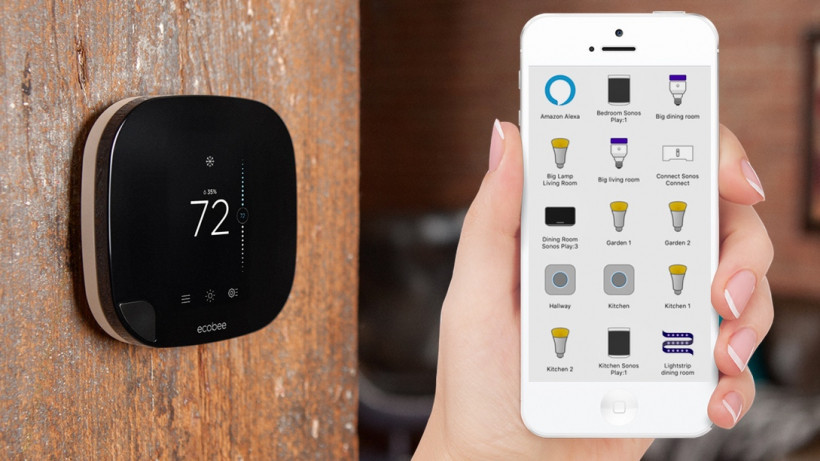
Yonomi
If you’re looking for a one-stop shop for automating your smart home routines on your existing tech, Yonomi could be the solution. It’s basically just an app, but an app you can plug into all kinds of different devices, adding controls and customising automations as you see fit.
It offers a wider array of controls than you get with HomeKit, Alexa or Google Assistant and has more ifs than IFTTT too. In fact, it’s a lot like IFTTT, but with a particular focus on the smart home.
Essentially, the Yonomi app on your phone becomes your smart home hub. You could set up a dinner party routine to play music through your Sonos speakers, dim the lighting, and set the smart thermostat to a certain temperature. Or set up scheduled events that happen over certain periods of time, or when you arrive back at home.
Siri, Alexa or Google Assistant can be added to provide voice control, and the list of supported devices is an impressive one: Logitech, Sonos, Philips Hue, Lifx, Lutron, Nest, Ecobee, TP-Link, Netatmo, and August are among the companies that make smart home tech that Yonomi can work with.
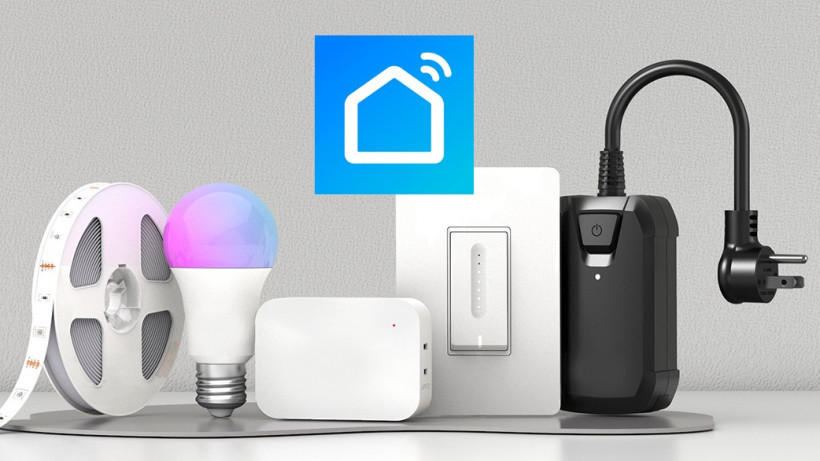
Smart Life (Tuya)
Smart Life, developed by Tuya, provides the basic building blocks for companies to develop their own smart products.
What it means for you is that there’s a heck of a lot of good budget smart home devices from a range of brands, all capable of working together under one roof.
Brands including Teckin, Novostella, Gosund, Treatlife and Avatar all use the Smart Life app – which is a much better option that their own native apps.
Smart Life is a great smart home system, which is an affordable, alternative to the mainstream platforms listed above and much of what’s on offer can work with Matter too.



